
French artist of the late Romantic era Eugène Isabe was born in Paris. His father JB Isabe was famous at the time as a portraitist, one of the best French masters of a miniature portrait. During his rise as an artist, Eugène Isabe experienced a strong influence of his father’s work, who was his first mentor in art.
Later, Isabe was under the charm of the paintings of E. Delacroix and R. Bonington, tried to imitate them. Isabe wrote historical paintings, landscapes, marinas. He also studied lithography and watercolor. The painting “The Wooden Bridge” was acquired by the Louvre on the posthumous sale of the artist’s works in 1887.
This realistic landscape, performed by the master with a great mood, is close to the works created by Barbizon artists, who once again proved the viability of the landscape in art, its great attractive, fascinating spectator for the viewer. Other famous works: “Reminiscence of Brittany.” 1832. Kunsthalle, Bremen; The Moorish Gate. 1835. The Pushkin Museum. A. S. Pushkin, Moscow; “Seascape”. 1841. The Pushkin Museum. A. S. Pushkin, Moscow.
 Winter landscape with a wooden bridge by Phillips Wouverman
Winter landscape with a wooden bridge by Phillips Wouverman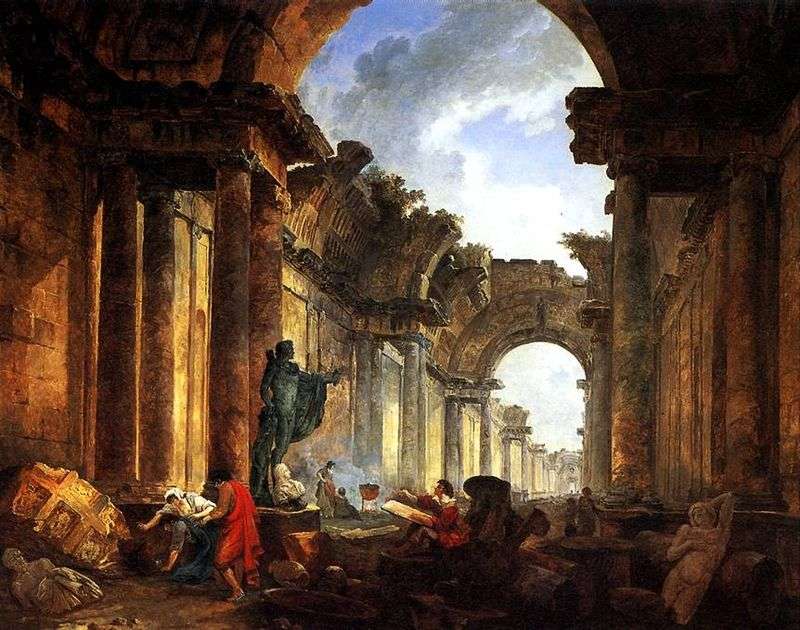 The Imaginary View of the Great Gallery in Ruins by Hubert Robert
The Imaginary View of the Great Gallery in Ruins by Hubert Robert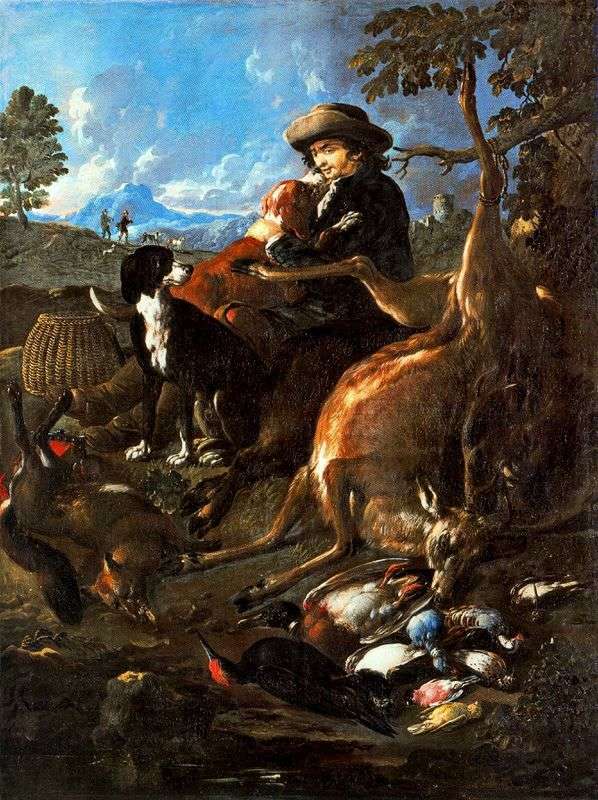 Hunter by Philip Peter Roos
Hunter by Philip Peter Roos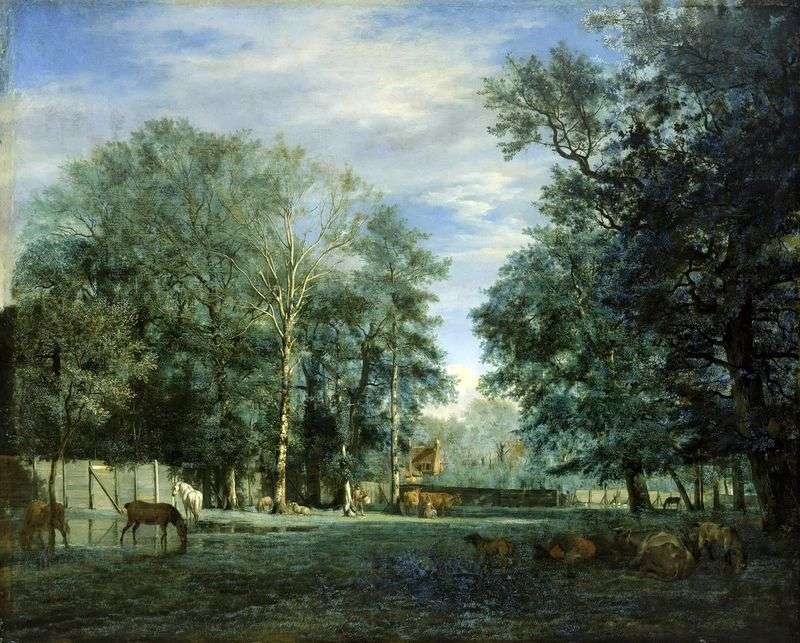 Farm by Adrian van de Velde
Farm by Adrian van de Velde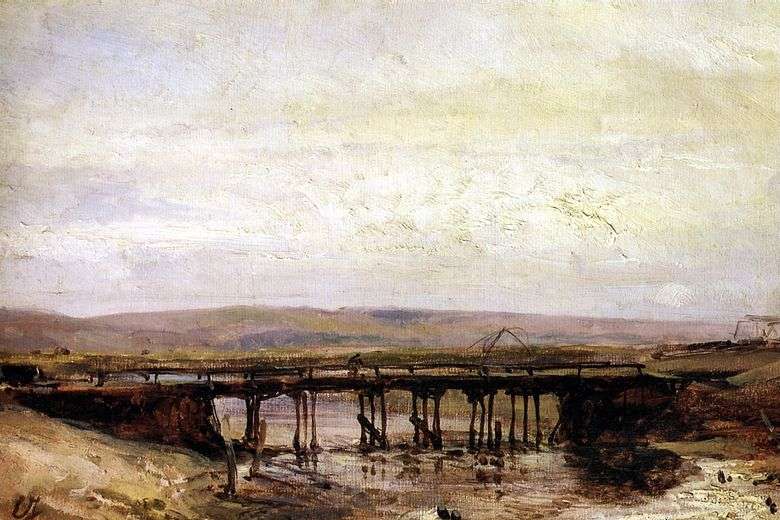 Puente de madera – Eugene Isabe
Puente de madera – Eugene Isabe Bonaparte on the Arcole bridge November 17 by Antoine Gro
Bonaparte on the Arcole bridge November 17 by Antoine Gro View of Naples with Vesuvius by Claude Vernet
View of Naples with Vesuvius by Claude Vernet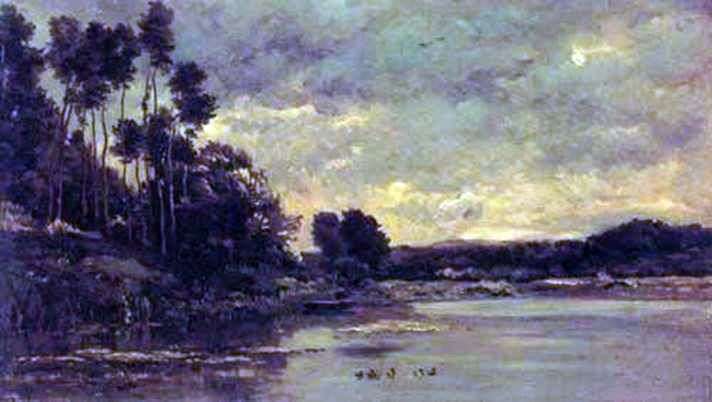 Beach by Charles Dobigny
Beach by Charles Dobigny